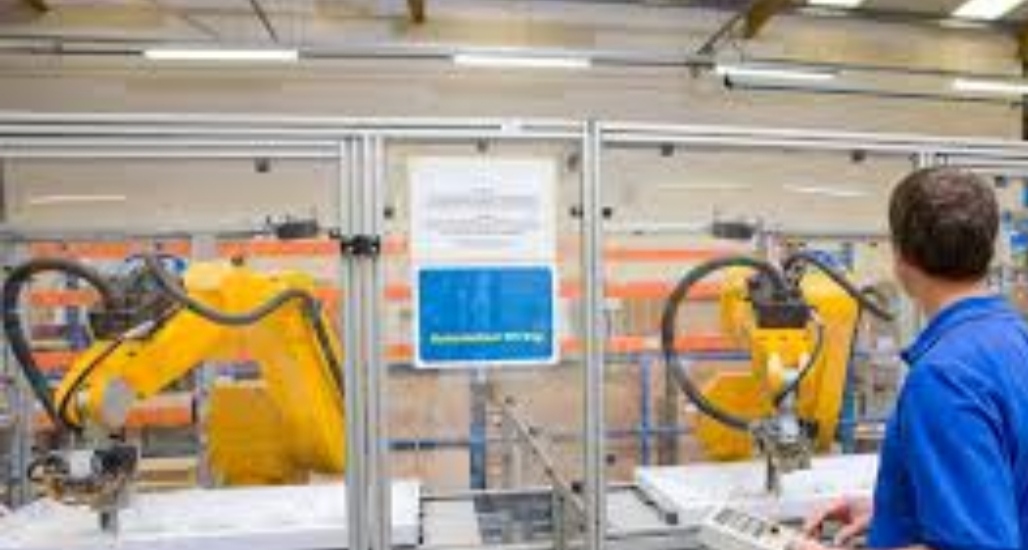The benefits of artificial intelligence and automation to users and businesses, and the economic growth that could come via their productivity contributions, are compelling. They will not only contribute to dynamic economies that create jobs but also help create the economic surpluses that will enable societies to address the workforce transitions that will likely happen regardless.
Faced with the scale of worker transitions we have described, one reaction could be to try to slow the pace and scope of adoption in an attempt to preserve the status quo. But this would be a mistake. Although slower adoption might limit the scale of workforce transitions, it would curtail the contributions that these technologies make to business dynamism and economic growth. We should embrace these technologies but also address the workforce transitions and challenges they bring. In many countries, this may require an initiative on the scale of the Marshall Plan, involving sustained investment, new training models, programs to ease worker transitions, income support, and collaboration between the public and private sectors.
All societies will need to address four key areas.
Maintaining robust economic growth to support job creation
Sustaining robust aggregate demand growth is critical to support new job creation, as is support for new business formation and innovation. Fiscal and monetary policies that ensure sufficient aggregate demand, as well as support for business investment and innovation, will be essential. Targeted initiatives in certain sectors could also help, including, for example, increasing investments in infrastructure and energy transitions.
Scaling and reimagining job retraining and workforce skills development
Providing job retraining and enabling individuals to learn marketable new skills throughout their lifetime will be a critical challenge—and for some countries, the central challenge. Midcareer retraining will become ever more important as the skill mix needed for a successful career changes. Business can take a lead in some areas, including with on-the-job training and providing opportunities to workers to upgrade their skills.




